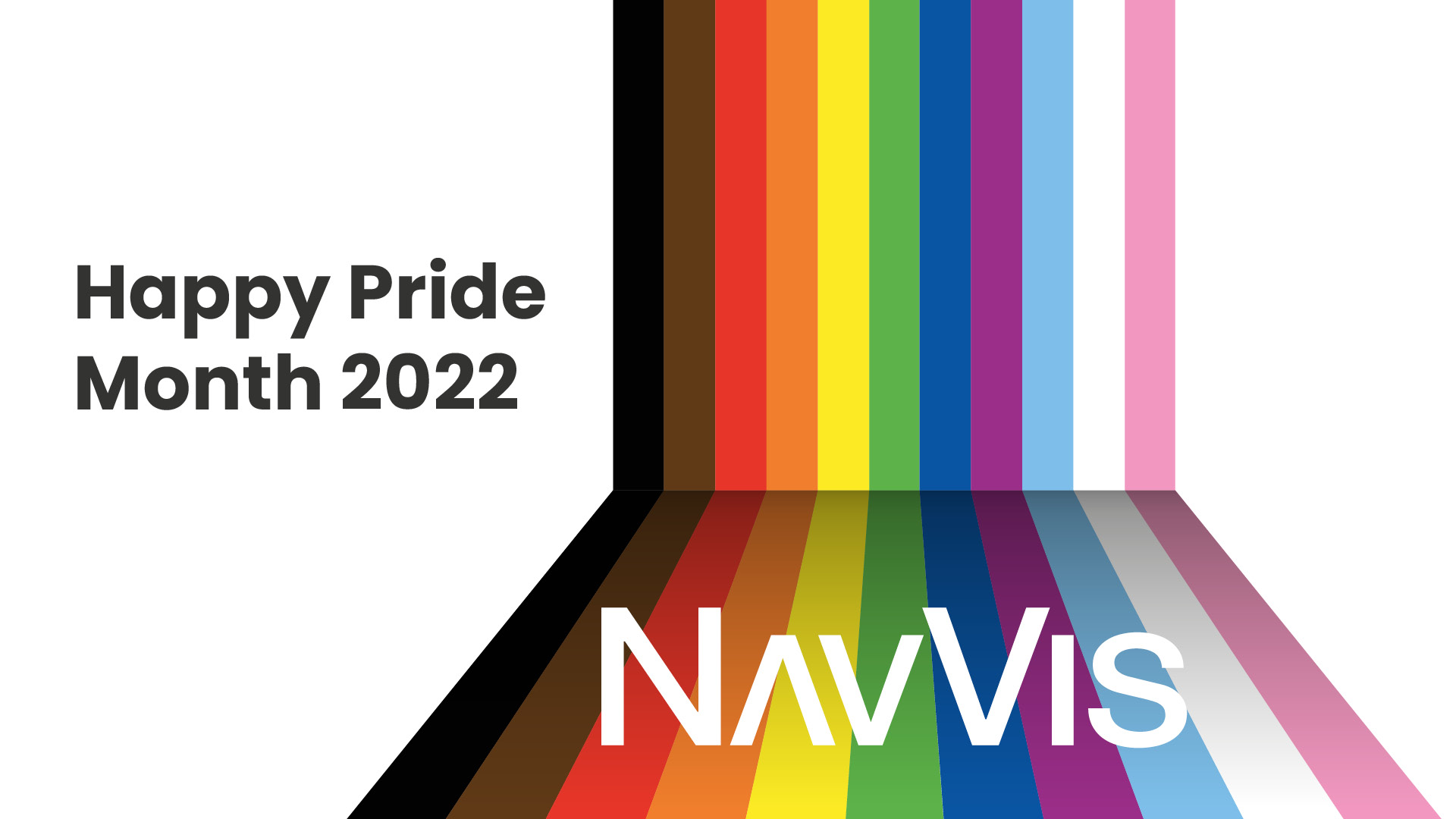在这个特殊的骄傲月系列博客中,我们旨在开展教育、打破偏见并分享我们的平台,让我们都能成为 "少一点我,多一点我们"。
NavVis 是建立在包容、多元的基础之上的。我们相信,每个生物都值得尊重。因此,让我们的团队发出声音并践行我们的价值观对我们来说非常重要。
作为一家尊重所有人的公司,我们也承认我们并不掌握所有的答案。在这个月里,我们要提高人们的意识,传播积极的思想,并与来自不同背景的人们分享我们的平台。因此,我们的首要任务是创造一个空间,让人们能够分享他们的见解。
话不多说,今天的资源由 Miriam 分享。她是人力资源业务合作伙伴,也是NavVis 的 DEI(多元化、公平和包容)社区的热心成员。
在今天的博文中,她想与您分享两篇文章:为什么在工作场所共享性别代词很重要(英文)和Drittes Geschlecht in der Sprache(德文)。
为和会选择分享这俩篇文章?
为了营造一个包容、温馨的工作环境,我们所有人都必须有意识地进行包容性沟通。我亲爱的同事经常说 "语言创造世界",我对此深表赞同。
在这方面,我经常想到的一句话是 "语言就是力量"。我们都应该有意识地使用语言,主要是在什么时候以及如何使用。性别代词的使用是一个我认为值得更多关注和教育的话题,我希望人们能在日常生活中发现它的用处。
阅读本篇文章的人应该从中学到什么?
性别代词是一个人在与他人交谈或谈论自己时希望他人使用的词语。变性人、非二元人或性别不符者可以选择使用不符合二元(男/女)类别的代词。
现在,您可以做些什么来开始改变?
- 对性别代词持开放态度。
- 与愿意分享更多相关信息的人对话
- 在您的 LinkedIn 个人资料、电子邮件签名或其他交流渠道中添加您的代词
- 成为LGBTQ+社区的盟友
人们在哪儿可以了解更多?
关于 LGBTQ+ 群体,您可以学到很多东西。如果您想了解更多,请从上述两篇文章开始,并致力于不断学习、反思,努力使用包容性语言。
总结
当我们阅读我们的拥护者们的不同见证、故事和知识分享时,我们意识到还有很多信息应该向世界大声疾呼。作为一家公司,我们将在接下来的文章中继续为那些能够教导我们的人发声。我们正处在一个变革的时代,敬请期待,与我们一起变革!


